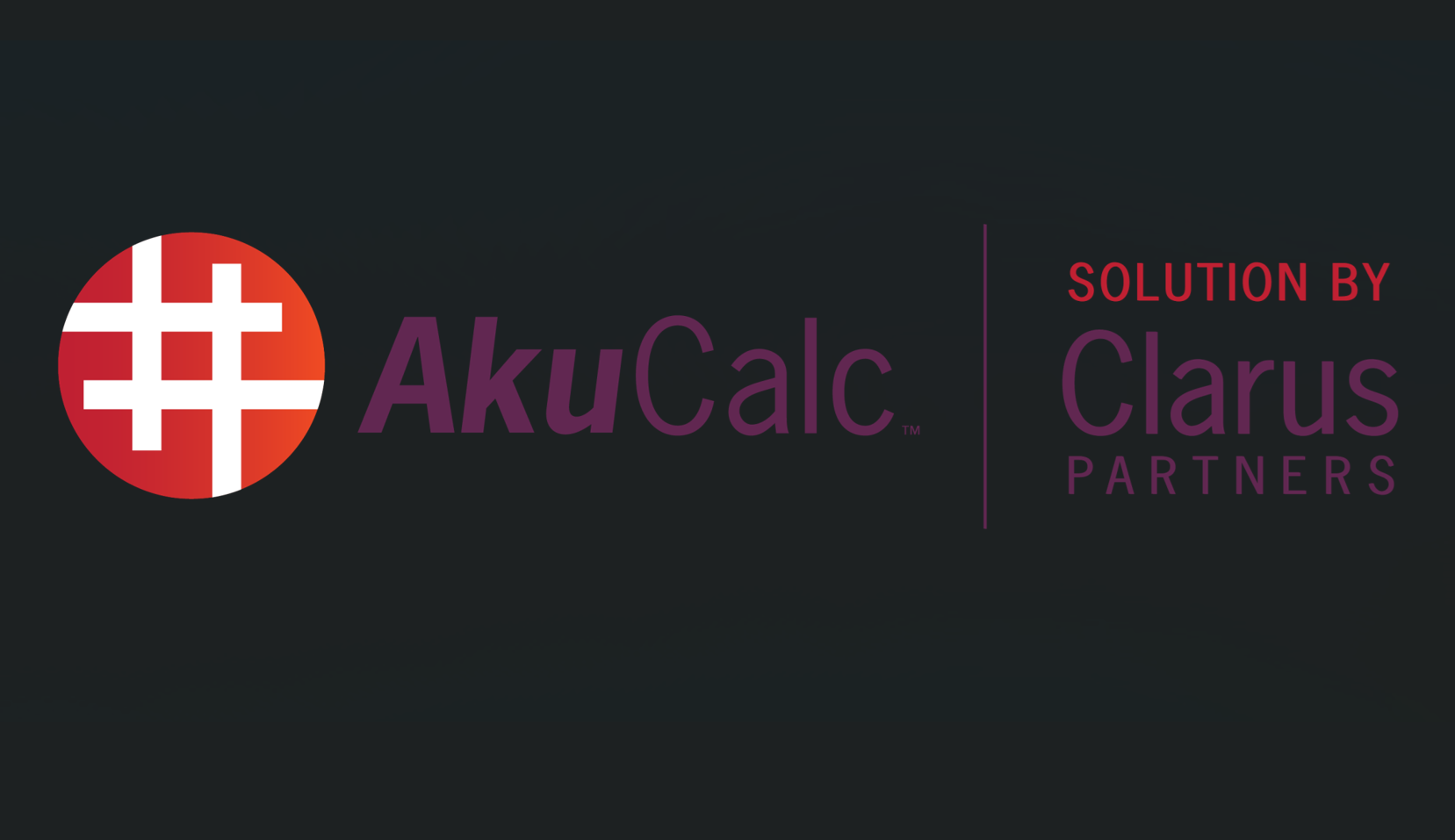The Financial Accounting Standards Board (FASB) issued a proposed Accounting Standards Update (ASU) on Aug. 22 that the board believes will improve the accounting and disclosures for investments in tax credit structures.
The FASB is asking stakeholders from across the profession to review and comment on the proposed standard by Oct. 6.
Back in 2014, the FASB issued Accounting Standards Update No. 2014-01, Investments—Equity Method and Joint Ventures (Topic 323): Accounting for Investments in Qualified Affordable Housing Projects, which introduced an option allowing reporting entities to elect to apply the proportional amortization method to account for investments made primarily for the purpose of receiving income tax credits and other income tax benefits. But the FASB noted that the guidance limited the proportional amortization method to investments in low-income housing tax credit (LIHTC) structures.
The proposed ASU says:
The proportional amortization method results in the cost of the investment being amortized in proportion to the income tax credits and other income tax benefits received with the investment gains and losses and tax credits being presented net in the income statement as a component of income tax expense (benefit). Investments in other tax credit structures are typically accounted for using the equity or cost method, which results in investment gains and losses and tax credits being presented gross on the income statement in their respective line items.
Stakeholders had asked the FASB in recent years to allow reporting entities to elect to apply the proportional amortization method to tax equity investments that generate tax credits through other programs, such as the New Markets Tax Credit program, the Historic Rehabilitation Tax Credit program, and Renewable Energy Tax Credit programs.
The proposed ASU says:
Stakeholders have asserted that economically similar investments that are made primarily for the purpose of receiving income tax credits and other income tax benefits should have the same election to apply the proportional amortization method as LIHTC structures, since the proportional amortization method provides [financial statement] users with a better understanding of the returns from such investments than the equity or cost method.
The amendments in this proposed ASU would permit reporting entities to elect to account for their tax equity investments, regardless of the program from which the income tax credits are received, using the proportional amortization method if all of the following conditions are met:
- It is probable that the income tax credits allocable to the investor will be available.
- The investor does not have the ability to exercise significant influence over the operating and financial policies of the underlying project.
- Substantially all of the projected benefits are from income tax credits and other income tax benefits. Projected benefits include income tax credits, other income tax benefits, and other non-income-tax-related benefits. The projected benefits should be determined on a discounted basis, using a discount rate that is consistent with the cash flow assumptions used by the tax equity investor in making its decision to invest in the project.
- The investor’s projected yield based solely on the cash flows from the income tax credits and other tax benefits is positive.
- The investor is a limited liability investor in the limited liability entity for both legal and tax purposes, and the investor’s liability is limited to its capital investment.
The proposed ASU says:
A reporting entity would make an accounting policy election to apply the proportional amortization method on a tax-credit-program-by-tax-credit-program basis rather than electing to apply the proportional amortization method at the reporting entity level or to individual investments. A reporting entity that applies the proportional amortization method to qualifying tax credit investments would account for the receipt of the investment tax credits using the flow-through method under Topic 740, Income Taxes, even if the entity applies the deferral method for other investment tax credits received.
The proposed changes would also require disclosures to enable financial statement users to better understand the nature and effects of the entity’s investments that generate income tax credits and other income tax benefits. Those disclosures would include:
- Its tax equity investments in projects that generate income tax credits and other income tax benefits from a program for which the reporting entity has elected to apply the proportional amortization method; and
- The impact of the tax equity investments and related income tax credits on its financial position and results of operations.
The proposed ASU is a consensus-for-exposure of FASB’s Emerging Issues Task Force.
Thanks for reading CPA Practice Advisor!
Subscribe Already registered? Log In
Need more information? Read the FAQs
Tags: Accounting, Benefits




